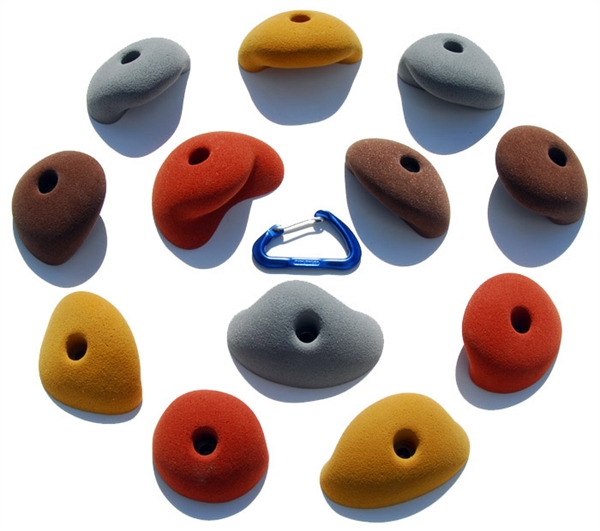Rock climbing holds come in a crazy variety of different styles so when you start climbing at an indoor wall it can be pretty confusing to figure out which of the multicoloured lumps of plastic you should grab first.
Each different climbing hold has a unique shape and requires a different technique to get the most out of it. Knowing which climbing hold is which gives you the best chance of tackling a route and helps you to spot for other rock climbers, giving killer climbing advice that will help them beat the wall too.
Climbing Grades | A Guide to Difficulty Ratings and What They Mean
If you know the difference between each climbing hold you can also grab some to build your own mini route at home, creating a practice area that will really develop your rock climbing at a level that suits you.










